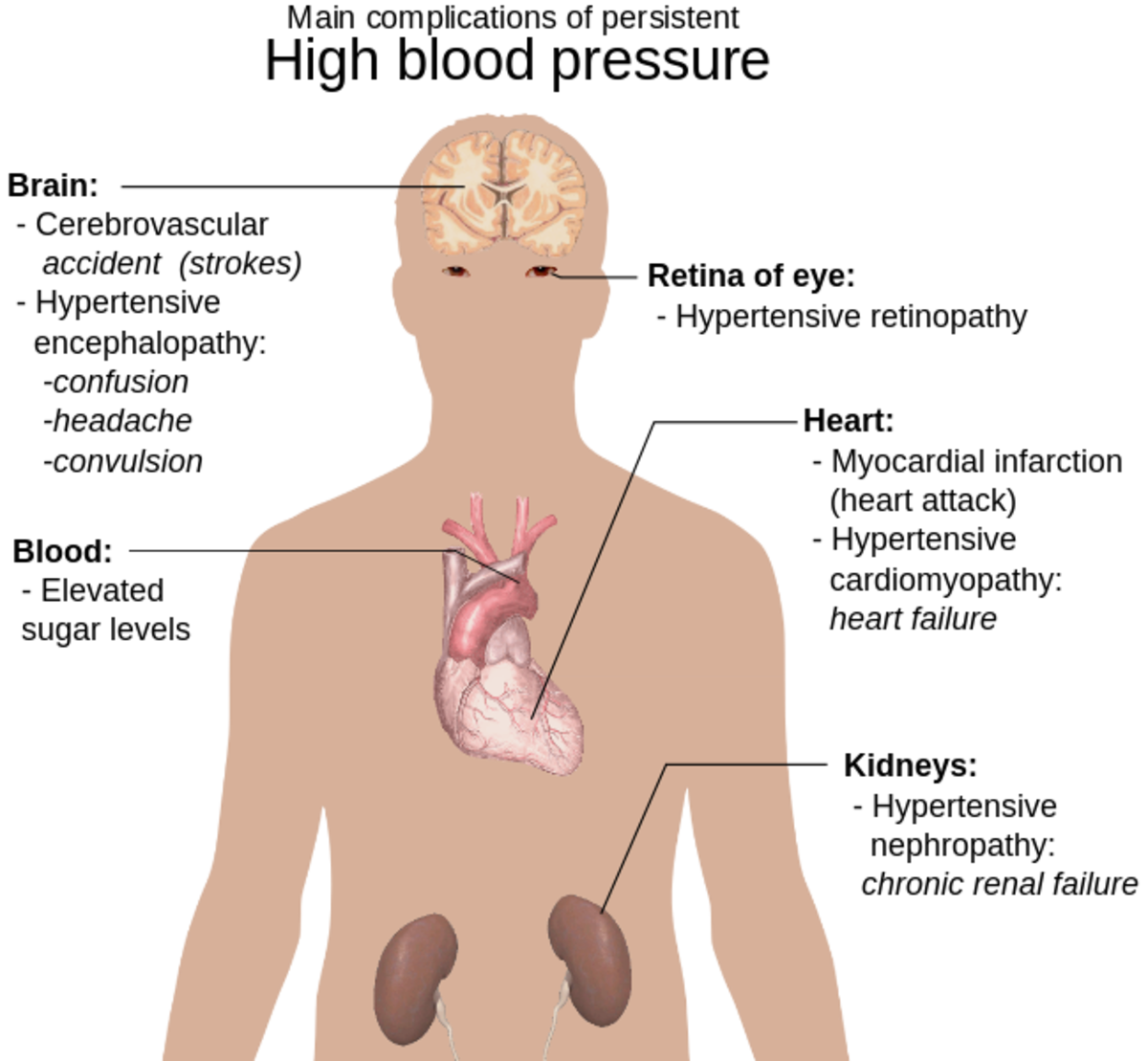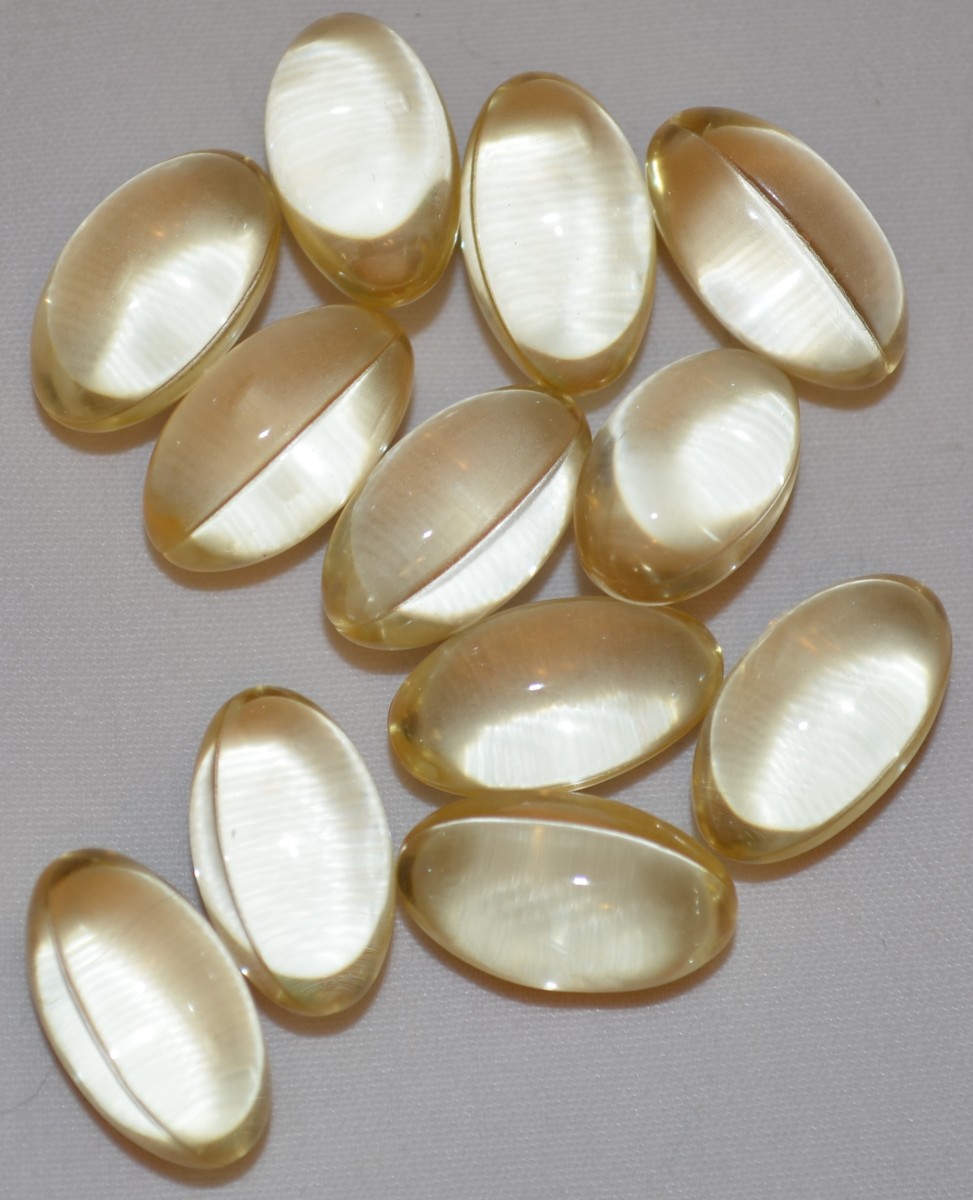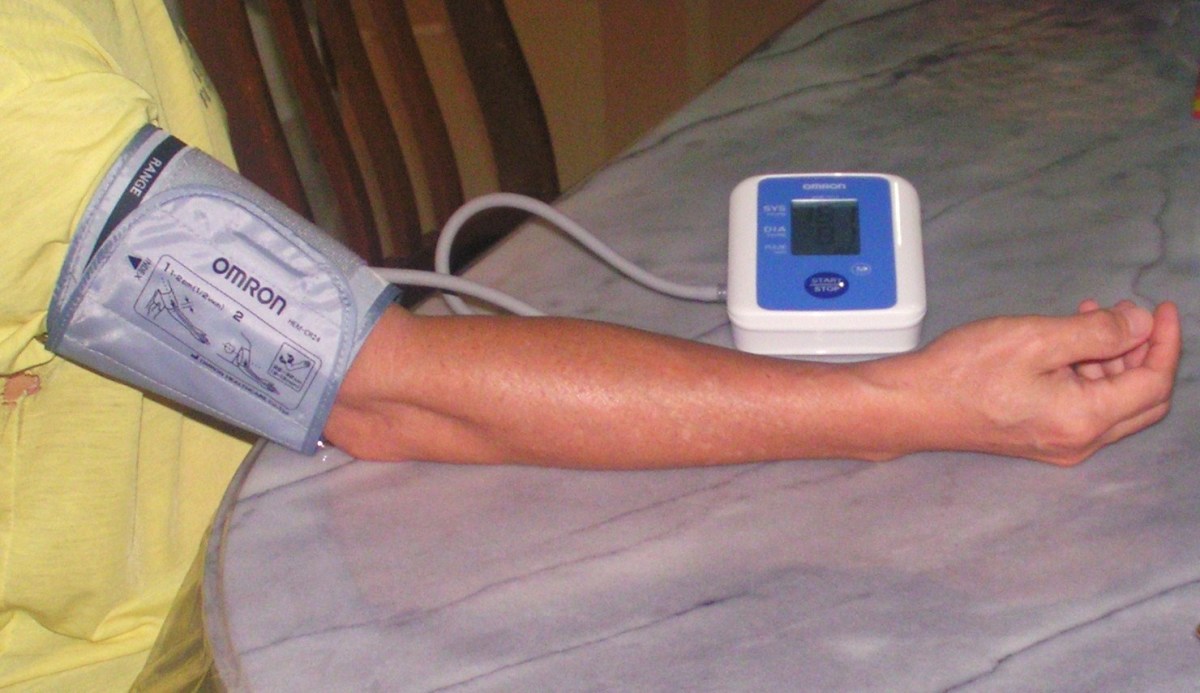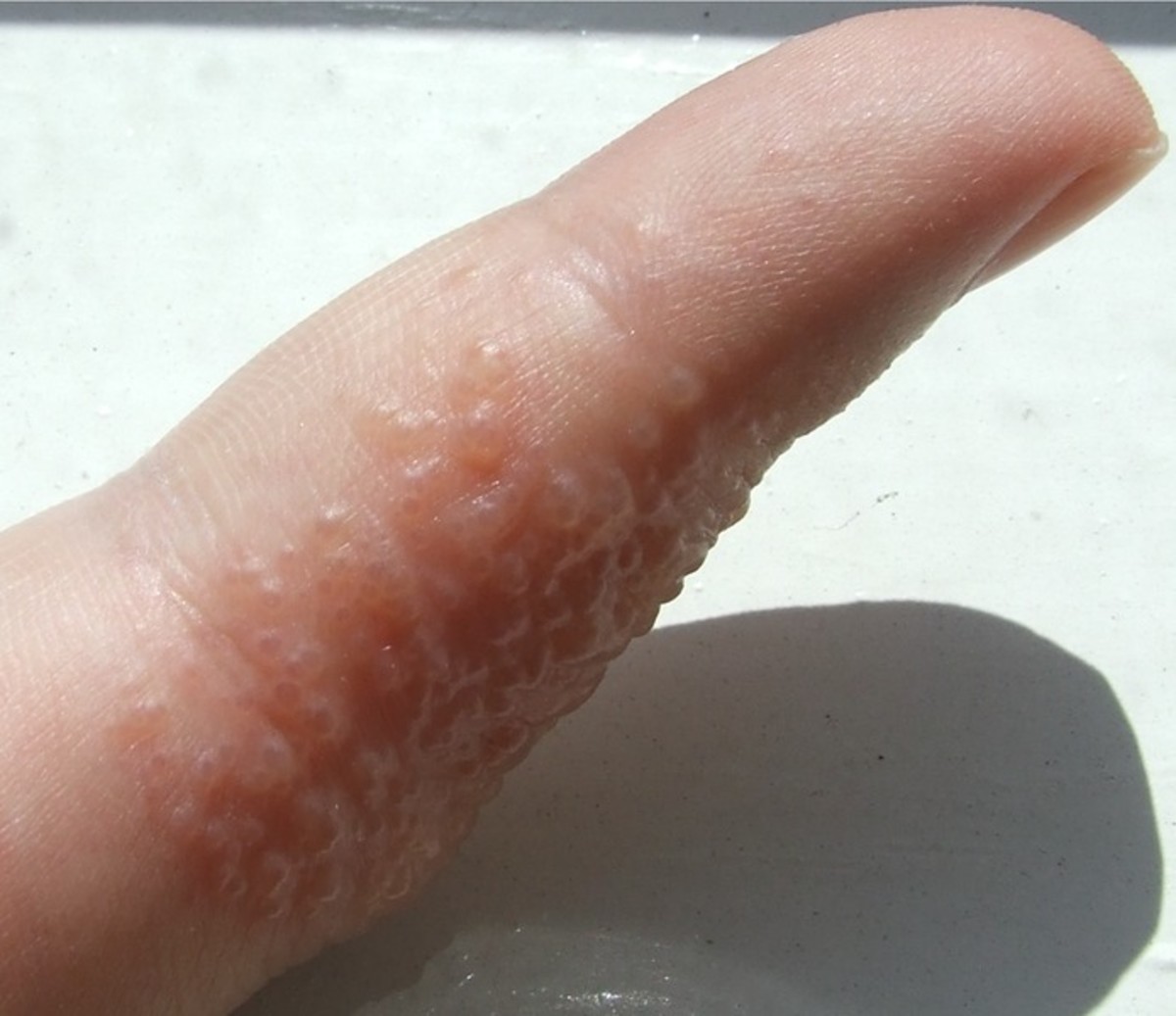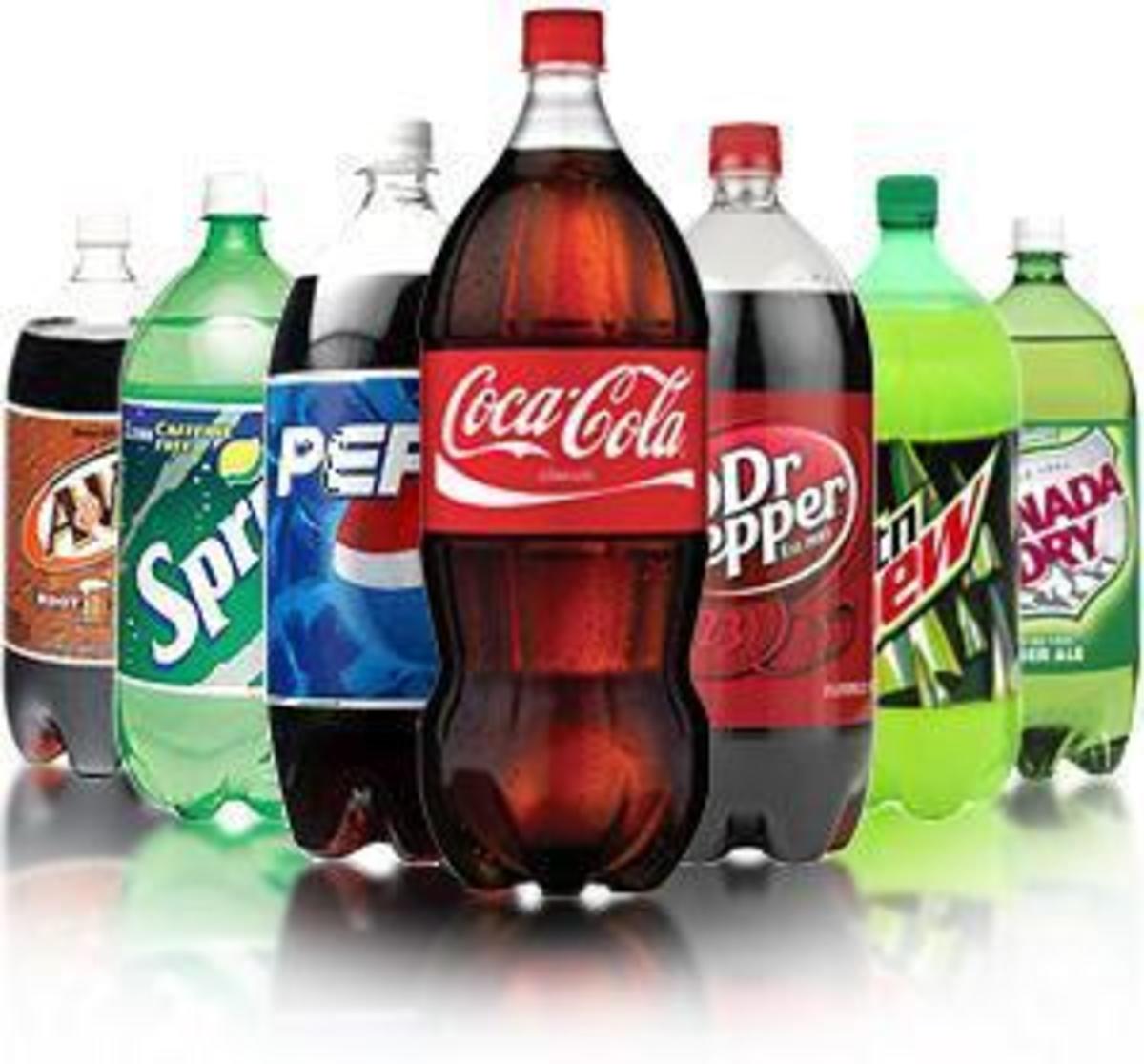A Healthy Heart - A Natural Approach
The Human Heart
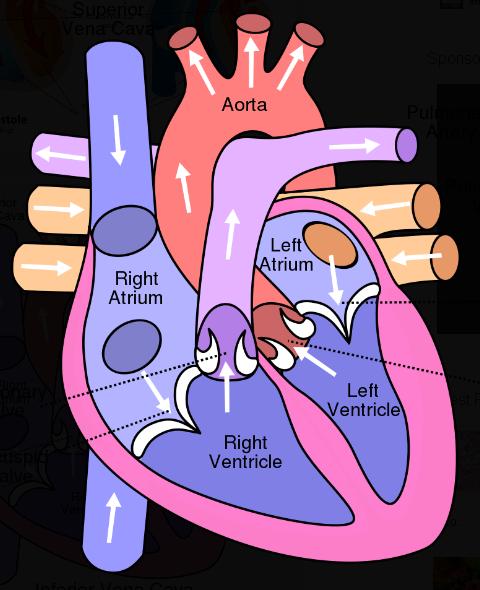
Causes of Heart Disease
From now on, I will talk about heart disease and let other circulatory disorders such as stroke and vascular dementia be implied. This is because all disorders of the arterial system, at any rate, have more or less the same causes and remedies.
Heart disease can be caused by a number of fairly rare congenital conditions, the rather forbiddingly named familial hypercholesterolaemia being among them. (This is an inherited condition in which the body’s normal control system for cholesterol doesn’t work properly.) It can be caused, also, by certain infectious diseases and even by jaw abscesses – which sometimes release the bacteria responsible into the bloodstream. However, most heart disease is caused by degeneration of the vascular system, particularly the coronary arteries (which serve the heart itself) and various arteries in the brain. There are many possible causes of vascular degeneration, but most of them involve putting the wrong things into the body in one way or another.
Vascular degeneration is caused by high blood pressure, attack by various free radicals and toxins and damage from excessive amounts of sugar; all these accelerate the inevitable damage to the arterial walls that occurs every time your heart beats. Every time the heart beats, the walls of all the arteries expand to allow passage of a heart-full of blood through the system. Occasionally, cracks appear in the arterial wall as a result of this; the cracks are usually repaired quite rapidly, but a certain proportion of them are not. High blood pressure increases the likelihood of such damage; so do other causes of heart disease, but the other causes also make the damage more likely to be permanent.
Free Radicals
No, this has nothing to do with politics! It is getting increasingly well known what this term means, but just for the record: Free radicals are highly reactive molecular fragments produced by various means both inside and outside the body. Some of the means by which they are produced internally are ionising radiation (from radioactive elements and cosmic rays), ultraviolet light (which only usually acts in the skin, for obvious reasons) and, unfortunately, breathing. This last requires some explanation. The oxidation of food for energy involves some extremely dangerous reactive intermediates. The body is quite good at controlling these, but some of them inevitably escape to cause havoc. It is impossible to completely remove this source of ongoing damage. It is also impossible to completely eliminate radiation damage; even if you lived at the bottom of a deep mine (to get rid of cosmic rays) you would be getting some radiation from the potassium in your cells and blood, a small proportion of which is the radioactive potassium-40.
By far the worst source of toxic free radicals is smoke, particularly tobacco smoke. Even if you aren’t going to do anything else to help yourself against heart disease, at least stop smoking if you currently smoke. Smoking causes heart disease and various cancers (not just lung cancer!) and makes the skin age a great deal faster. Incidentally, although I don’t advocate the use of illegal drugs in any case, marijuana smoke is even worse in this respect.
UV radiation does not have anything to do with causing heart disease – in fact a small amount of UV on the skin can actually help, because it raises vitamin D levels. Therefore, I will not discuss it further in this article.
You might expect that something as dangerous and ubiquitous as free radicals would have something in the body to combat them, and you would be right. To combat free radicals from whatever source, the body uses antioxidants; I will discuss this later.
High Blood Sugar
High blood sugar (hyperglycaemia) is a feature of diabetes, both type I and type II, and also of pre-diabetic conditions variously known as reactive hypoglycaemia and syndrome X. Abnormally high blood sugar causes damage because glucose in high concentration binds irreversibly to various proteins; the main ones of relevance to heart disease are collagen and elastin. Collagen and elastin form the bulk of the structure of blood vessel walls, so this damage by glucose to these two proteins in turn damages the blood vessel wall. Incidentally, a large amount of collagen is also found in the lens of the eye, and damage to this can cause cataract. Other eye problems caused by diabetes include glaucoma and retinopathy; the latter of these is in turn caused by damage to small blood vessels in the retina.
Homocysteine
Homocysteine is a molecule that every living body contains, but one that is almost unknown to anyone except professionals. Homocysteine is an intermediate in metabolism between methionine and cysteine; the levels of homocysteine in the body and blood are usually fairly low, because it is used up as fast as it is created. However, this process requires several enzymes and several B vitamins that go with them, and lack of either an enzyme or its associated B vitamins raises homocysteine levels. Homocysteine damages several proteins in blood vessel walls.
There are at least two inherited disorders resulting in high homocysteine levels, of which the worst (homocystinuria) causes so much damage that sufferers usually die of vascular disease before the age of 30. Although this is an extreme case, it is an indicator of the toxicity of homocysteine.
High homocysteine levels are also implicated in Alzheimer’s disease, so keeping the level of this substance in the body down is a very good idea.
High Blood Pressure
High blood pressure (hypertension) has many causes. It is sometimes caused by other, specific diseases and medical problems; in these cases the way to help the hypertension is to fix the underlying problem if possible. The problem, however, usually discussed as hypertension is “essential hypertension” which is basically hypertension with no specific, identifiable cause. This is also by far the most common type of hypertension.
Hypertension is caused by two things; inflexibility in arterial walls caused by damage to their structure, and overweight or obesity; the difference between these two conditions is a matter of degree. Overweight causes hypertension mostly because there is a greater length of blood vessels through which the blood has to be pushed.
Hypertension causes blood vessel damage by increasing the strain on the blood vessel walls. This is made worse by the fact that blood vessel walls already damaged by free radicals or sugar are not only less flexible, but weaker, than healthy ones.
Lipoprotein (a)
This substance, also little known to most, is one of the materials that the body uses to transport cholesterol around the body. Cholesterol, being fat-soluble, requires a transport mechanism because it doesn’t dissolve in water as, for example, glucose does. Lipoprotein (a) is the main substance responsible for depositing cholesterol on damaged areas of the arterial wall. As an aside, deposition of cholesterol on a damaged area is a natural part of the process of arterial wall repair; the trouble comes if and when the cholesterol is not removed when its job is done.
Too much lipoprotein (a) in the bloodstream tends to mean that the cholesterol is not removed. This means that lowering level of lipoprotein (a) in the blood is desirable. The dietary changes required to do this are essentially the same as to alter the HDL/LDL ratio in favour of HDL; less sugar and saturated or trans fat, more omega-3 fats from oily fish. Regarding HDL and LDL; these two substances (high-density and low-density lipoprotein, respectively) are both transport agents for fats and cholesterol. To simplify the situation, HDL tends to pick up cholesterol and LDL tends to deposit it.
HDL/LDL ratio is much more important than total cholesterol, unless the total is very high indeed; there is always more LDL than HDL but the ideal ratio is 1:3 or better. 1:2 would be fantastic; 1:4 or worse is starting to be a problem.
Natural Prevention of Heart Disease
I will focus on prevention rather than natural treatment, even though in some cases the latter is possible. This is because it’s better to stop a problem occurring in the first place than to fix it once it’s occurred.
Antioxidants
There is a huge number of antioxidant substances often found in the human body, some of which are vitamins or essential minerals.
Vitamin C
This is probably the premier antioxidant found in the human body, and also has numerous uses other than its antioxidant properties. An example is that vitamin C is essential for the formation of collagen; this means that vitamin C deficiency leads to poor quality collagen and therefore to such things as poor healing of wounds, easy bruising, loosening teeth (the teeth are held in the jaw by collagen) and broken capillaries. If the deficiency is severe enough, then larger blood vessels start breaking down. If this sounds like a description of scurvy, that is no coincidence. Vitamin C deficiency not quite as catastrophic as this leads to blood vessels of poor quality.
Vitamin C’s antioxidant qualities work largely on water-based tissues that contain collagen; vitamin C protects collagen from free radical damage, including the collagen in blood vessel walls.
Vitamin E
Vitamin E has other uses in the body, but its antioxidant qualities work largely on parts of the body based on fats. This is because vitamin E itself is fat-soluble. Fatty areas of the body include cell membranes (so vitamin E protects cells in general) but the most relevant antioxidant quality of vitamin E, when talking about heart disease, is that it protects cholesterol from oxidation. This is important because oxidised cholesterol cannot be picked up from the blood vessel walls by HDL; this means that cholesterol oxidation leads to the formation of arterial plaques, which in turn can lead to heart disease.
Selenium
Selenium is necessary for a fairly large number of processes in the body, but its antioxidant qualities work in two ways; it works synergistically with vitamin E and selenium is needed to make the important antioxidant enzyme glutathione peroxidase work. This enzyme removes peroxide, a very potent and damaging oxidising free radical. Therefore, lack of selenium makes any disorder caused by free radical damage more likely; these problems include heart disease and also cancer.
Plant Pigments
A very large number of highly-coloured compounds found in plants have antioxidant effects; none of them are vitamins, with the possible exception of beta-carotene which acts as a source of vitamin A in people who consume no pre-formed vitamin A. Such people include vegetarians and especially vegans.
There are two broad classes of these pigments, fat-soluble (comprising mostly carotenoids, which vary from orange-red to yellow) and water-soluble, which comprises bioflavonoids (mostly orange or yellow) and proanthocyanidins, which are mostly red to purple- usually very much so. An example of carotenoids is beta-carotene, which is orange. Examples of bioflavonoids and proanthocyanidins are the compounds forming the colour of oranges and beetroot, respectively.
Fat-soluble carotenoids help protect the fatty parts of the body, notably the eyes in the case of lutein. Water-soluble antioxidants help protect the water-based parts of the body, notably the blood vessel walls. Although it isn’t all that relevant to heart disease, it is worth noting that the proanthocyanidins (found in grape seed extract and pine bark extract, for example) help quite a lot with such problems of the venous system as thread veins and varicose veins. It is very likely that someone taking these supplements for varicose veins is helping protect his or her heart as well; of course, this is not as visible as shrinking varicose veins.
L-Lysine
The double Noble laureate Prof. Linus Pauling discovered a number of years ago that a combination of L-lysine and vitamin C, both in gram quantities, helps reduce the level of lipoprotein (a) in the bloodstream and therefore stop or even reverse arterial plaque formation.
Recommendations
These recommendations are based on the preceding information. In general, the usual advice for general health applies; eat your food as fresh and natural as possible with a minimum of processing, while also keeping down the intake of carbohydrate - particularly highly refined carbohydrate such as sugar and white bread. Processed fats are particularly to be avoided, so fried food is to be kept to a minimum.
Particularly important for heart disease prevention are the highly pigmented plant foods. A general way of getting all the required plant antioxidants is to eat plant foods with a large variety of colours; this will ensure that all the types of plant antioxidants are covered. So, for example, a diet high in tomatoes, red and yellow peppers, red cabbage, beetroot and blackberries will be a healthy one. There is a special note about tomatoes. Usually, raw food is healthier than cooked; however, the lycopene in tomatoes is much more available if the tomatoes have been cooked.
Last but not least, if you want to keep your heart and circulation healthy; keep to a reasonably healthy weight, get a reasonable (not excessive) amount of exercise and DON’T SMOKE.
Supplements
The most important supplements for a healthy heart are a good high-strength multivitamin (which will cover the B vitamins needed to keep homocysteine down), selenium (which is for some reason, probably cost-related, not in adequate quantity in most multiple supplements), vitamin C at least 3000 mg per day, and vitamin E minimum 200 IU per day. Supplements of proanthocyanidins can also be useful, and if you already have a problem supplementing with L-lysine can be too. It is worth noting that for this purpose, L-lysine should be taken on an empty stomach


